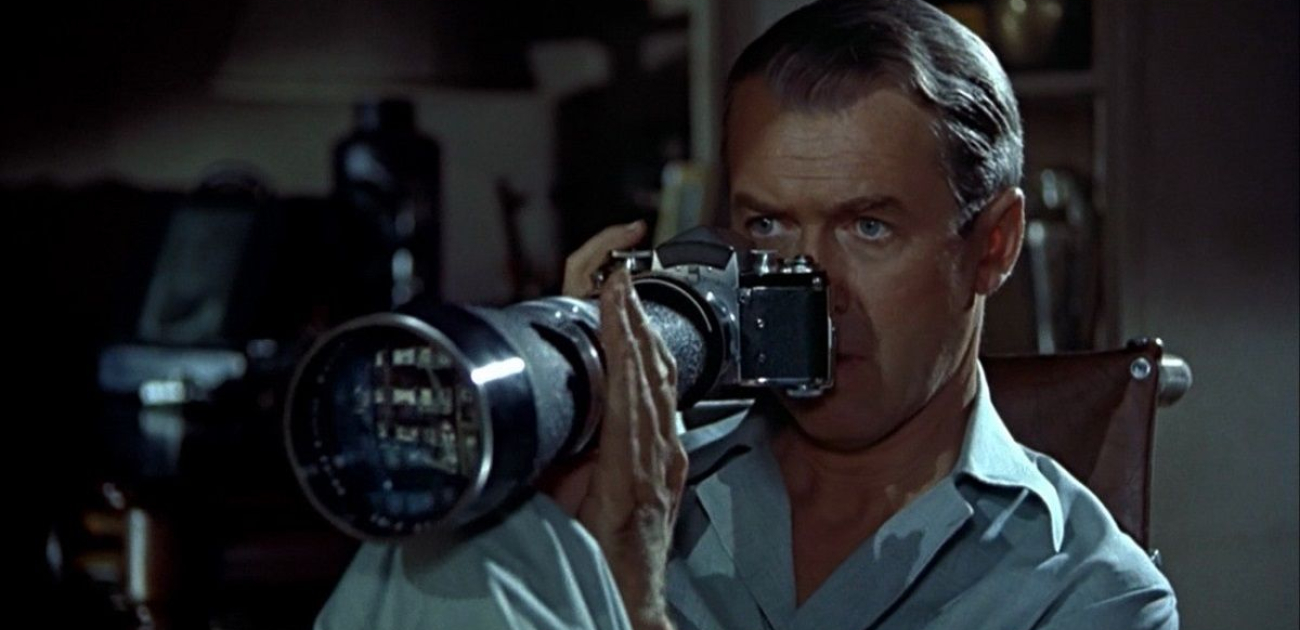A Very High Rise Neighbour Dispute Over Privacy Rights
On 12 February 2019 Judgment was handed down by the High Court in the case of Fearn and Ors v the Board of Trustees of the Tate Gallery (“the Tate”). All five Claimants are residents of the luxury Neo Bankside development on London’s South Bank, and each Claimant’s flat boasts a “winter garden” indoor balcony with wall to ceiling windows providing impressive views across London. Unfortunately for the Claimants, in June 2016 the Tate opened a Viewing Gallery on the tenth floor of the Blavatnik Building, designed to provide a ‘360 degree’ view of the London skyline to visitors, seven days a week. The southern side of the Viewing Gallery faces directly onto the Claimants’ flats, and visitors regularly take photographs, and use binoculars to look into the winter gardens.
Understandably, the Claimants complained about continuous intrusion into their homes, and ultimately sought an injunction requiring the Tate to screen off parts of the Viewing Gallery to prevent what they claimed to be breaches of privacy under the Human Rights Act 1998 and nuisance. While Mr Justice Mann agreed that the level of interest in the flats shown by visitors “is a material intrusion into the privacy of the living accommodation, using the word “privacy” in its everyday meaning”, he did not grant an injunction on either count.
The Human Rights Act point was dismissed on account of the Judge’s view that the Tate is not a public body (which is required for the Human Rights Act to apply) and the function of the Viewing Gallery is not of a public nature. Interestingly, however, while he concluded on the facts that there was no actionable nuisance claim, the Judge did agree that, in principle, the common law of nuisance could be extended so as to protect the privacy of a home as against another landowner.
This view was formulated on account of the fact that the Courts are public bodies and, therefore, bound by the Human Rights Act. This means that the Courts are obliged to have specific regard for the rights enshrined by the European Convention on Human Rights, including the Article 8 right to privacy and, therefore, the Courts are obliged to develop the law so as give effect to that right to privacy, including, where necessary, by extending the law of nuisance to protect it. The Judge held that the law of nuisance, as it has developed over time, does not of itself definitively protect privacy from “overlooking”, but that the protection arises under the direction of statute (i.e. of the Human Rights Act). He maintained that he was not creating a new cause of action, but that “if it did not do so before the Human Rights Act, since that Act the law of nuisance ought to be, and is, capable of protecting privacy rights from overlooking in an appropriate case.” Unfortunately for the Claimants, their situation was not deemed to be such an appropriate case. It is understood that they intend to appeal the decision.
This case shows both how the law can be developed through the use of well-reasoned arguments, and how difficult it can be to predict the outcome of litigation, despite such arguments. Therefore, if you are faced with intrusion from a neighbouring property, whether by overlooking or other more established forms of nuisance (smells or noise), it is important that you obtain qualified legal advice as soon as possible.
Do you want more information?
 Rachel Waller
Rachel WallerRachel is a Partner and a member of our Litigation & Dispute Resolution department
